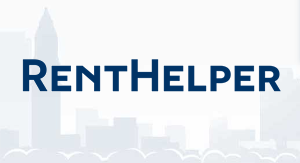Home » Posts tagged 'gtd'
Tag Archives: gtd
Prioritization Grid
I drew this on a screenshare today while talking to a MassLandlords manager. I don’t remember where I learned it*. The basic gist is that lots of people will suggest lots of things for you to do. Some things are going to be hard and have a low impact on your goals. Write them down, […]
How I’m Spending My Time: Update
Back in September I wrote a short piece about how I was spending my time. Since it’s about six months later I thought I’d update the graph. These are 40 day moving averages. When I think about where my financial future lies, I think it’s mostly ArtistBomb and partly MassLandlords.net. The way I spend my […]
How to Stay Productive and Get Things Done When Tired
It’s nice to look back on a day and think how productive we’ve been. But all too often our natural ups and downs take us to a point where we’re too tired to get things done. The best advice I was ever given wasn’t about “taking a break,” or “getting some coffee.” But those do […]
Time Management and GTD During My “Search”
I’d like to share some interesting time management data I’ve collected over the last nine months. When I first left Terrafugia, in October 2012, I started what my McKinsey friend called “search.” That’s when your full time job becomes finding your next full time job. I was busy with “search” the very first day off […]
Busier than a one-legged man at a butt-kicking contest
Yes, I guess I am, but I don’t feel that way. Below are some fun statistics from my personal task list, and one big surprise at the end. (For those of you that don’t know, I follow David Allen’s Getting Things Done to stay in control and Making it All Work to keep perspective. The gist […]
Where does all your time go?
It’s winter in Boston and it’s dark by 5p. When it’s night already and you didn’t get much done, you can feel like the day just escaped you. Here’s a trick to keep a sharper look-out on your time: keep a time log. All you need is a small, reporter-style notebook and a pen. Here’s […]

